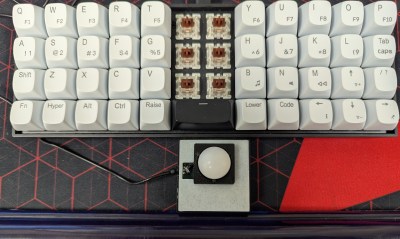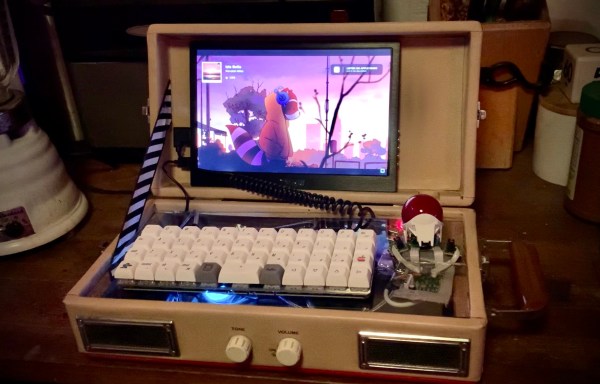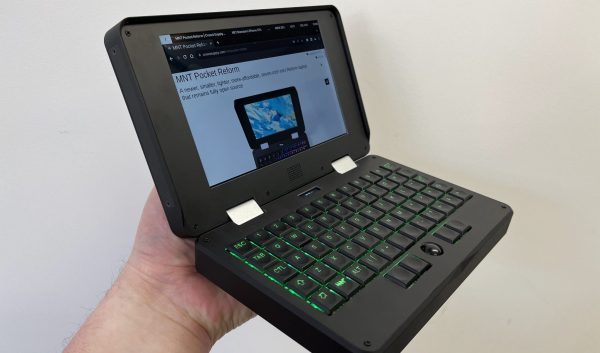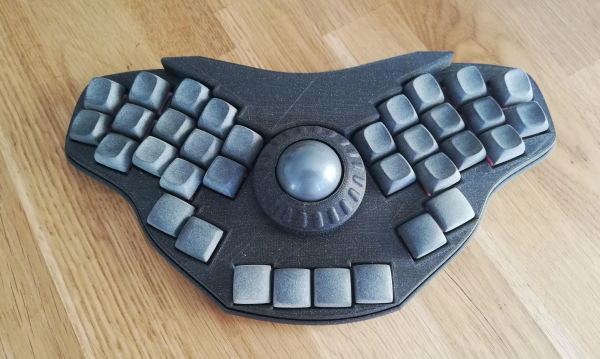Let’s just kick things off in style with the fabulously brutalist Bayleaf wireless split from [StunningBreadfruit30], shall we? Be sure to check out the wonderful build log/information site as well for the full details.
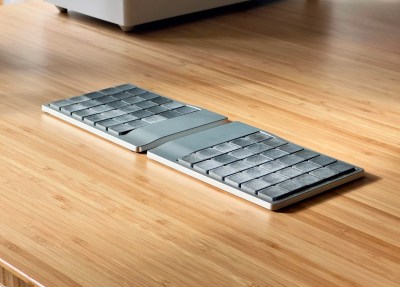
For the first serious custom build, [StunningBreadfruit30] wanted a polished look and finish, and to that I say wow, yes; good job, and nod enthusiastically as I’m sure you are. Believe it or not, [StunningBreadfruit30] came into this with no CAD skills at all. But it was an amazing learning experience overall, and an even better version is in the works.
I didn’t read the things. Is it open-source? It’s not, at least not at this time. But before you get too-too excited, remember that it cost $400 to build, and that doesn’t even count shipping or the tools that this project necessitated purchasing. However, [StunningBreadfruit30] says that it may be for sale in the future, although the design will have an improved sound profile and ergonomics. There’s actually a laundry list of ideas for the next iteration. Continue reading “Keebin’ With Kristina: The One With The Cheesy Keyboard”


